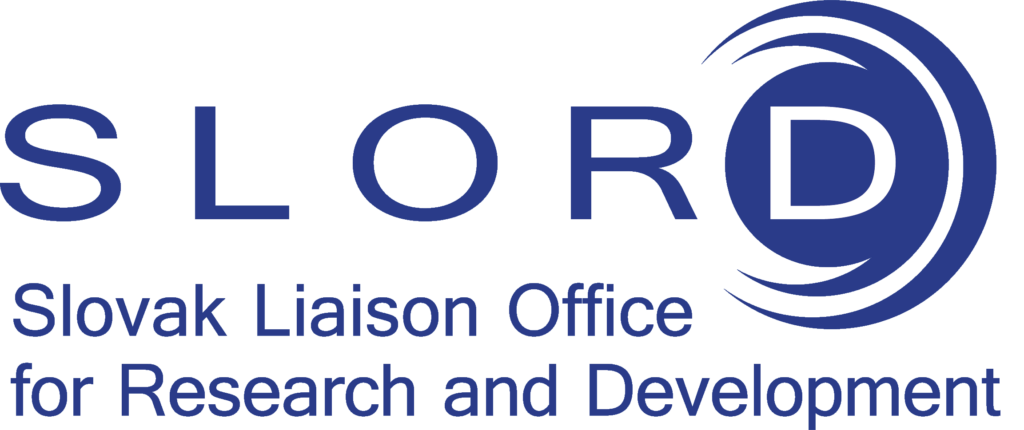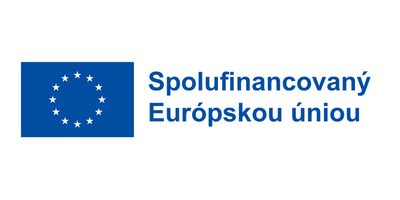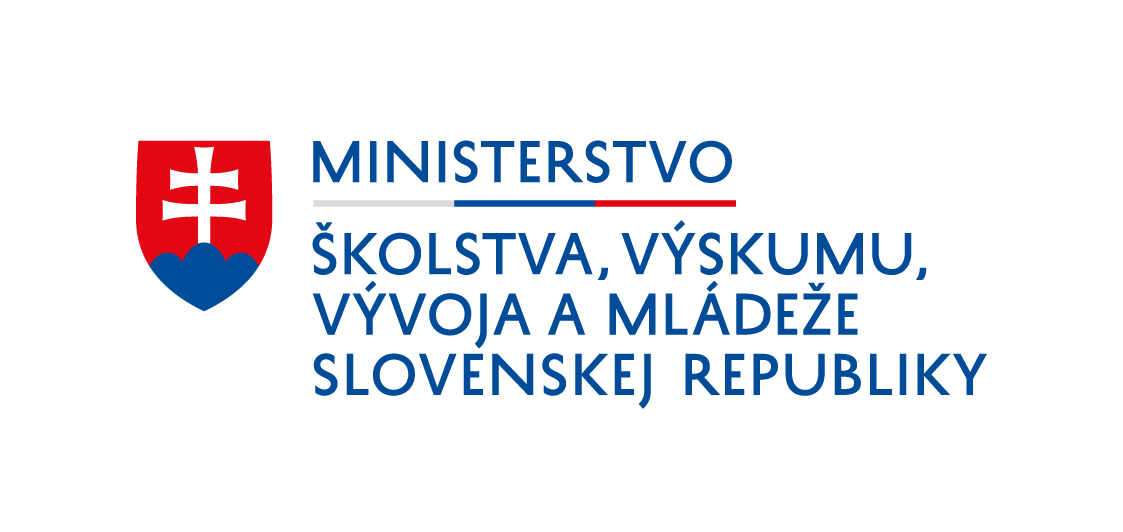
Researchers from the Centre for Advanced Materials Applications of the Slovak Academy of Sciences (SAS), alongside collaborators from the Institute of Electrical Engineering SAS and the Institute of Inorganic Chemistry SAS, have orchestrated a breakthrough poised to improve one of the most common ways we store energy. Drawing from a wellspring of knowledge and expertise, a team of brilliant minds led by Ing. Karol Fröhlich, DrSc., Dr. Prangya P. Sahoo, Dr. Ahmed Nada, Ing. Boris Hudec, PhD., and Ms. Alper Güneren has elevated lithium-ion battery technology to new heights.
Current issues with Li-ion batteries
When charging and discharging a Li-ion battery with a silicon-graphite anode and a liquid electrolyte, a thin passivation layer is formed on the negative electrode (anode), referred to in the literature as the „solid-electrolyte-interface layer“. Especially during rapid charging and discharging, this layer presents a barrier to lithium ions. The ions cannot get into and out of the volume of the anode fast enough, and as a result, the battery’s capacity decreases.
Unleashing the power of ZnO
Slovak scientists found an answer to the above challenge in a whisper-thin layer of zinc oxide (ZnO) on an anode. This innovative twist eliminates the notorious passivation layer that has long plagued battery performance during quick charges and discharges. With ZnO, the stage is set for limitless energy flow and increased capacity. Our Slovak-born breakthrough thrusts EVs into the limelight, with extended range and faster charging.
Charting the Future
A national (Slovak) patent application has been filed for the presented new innovative technology. Open to collaboration, SAS is looking for industrial partners to license/sell the solution.
Published 6.9.2023



